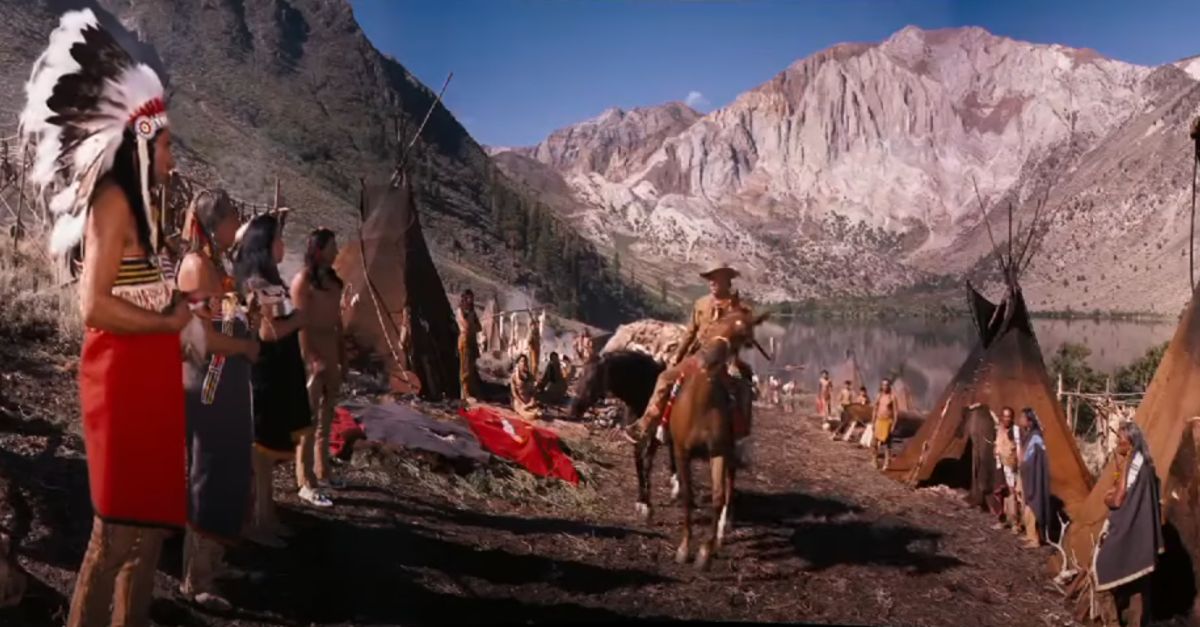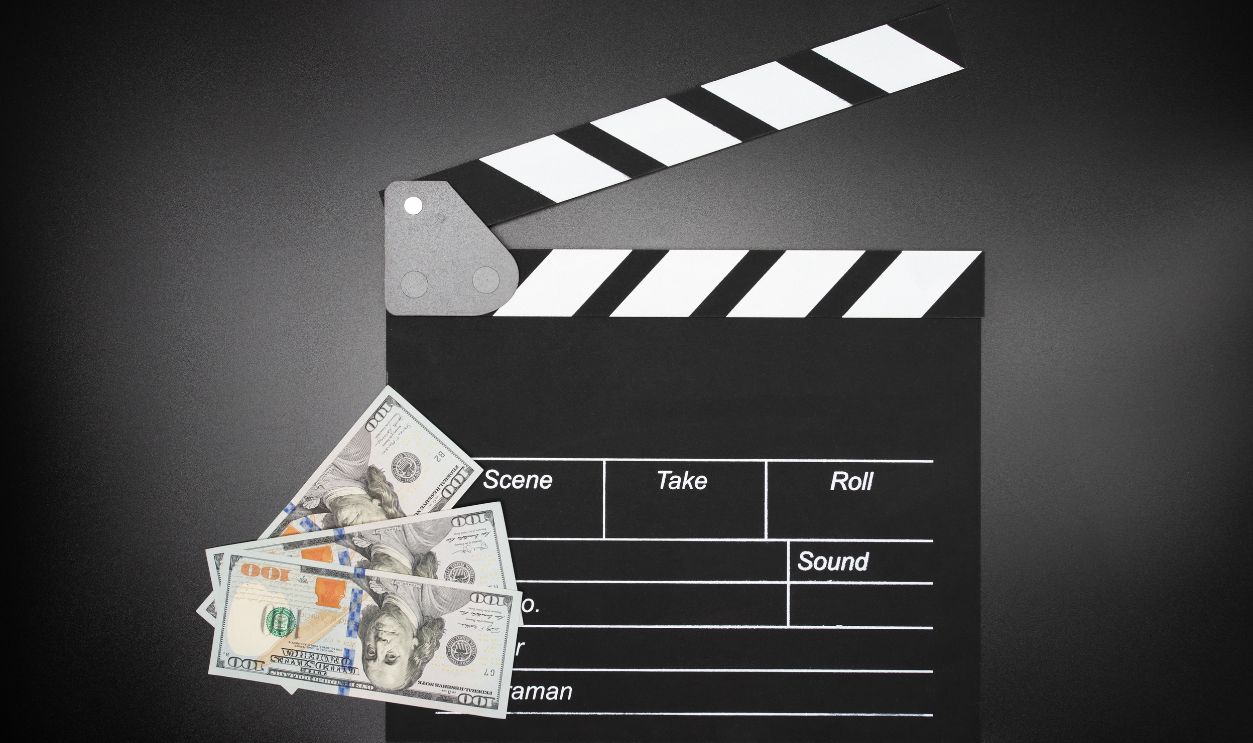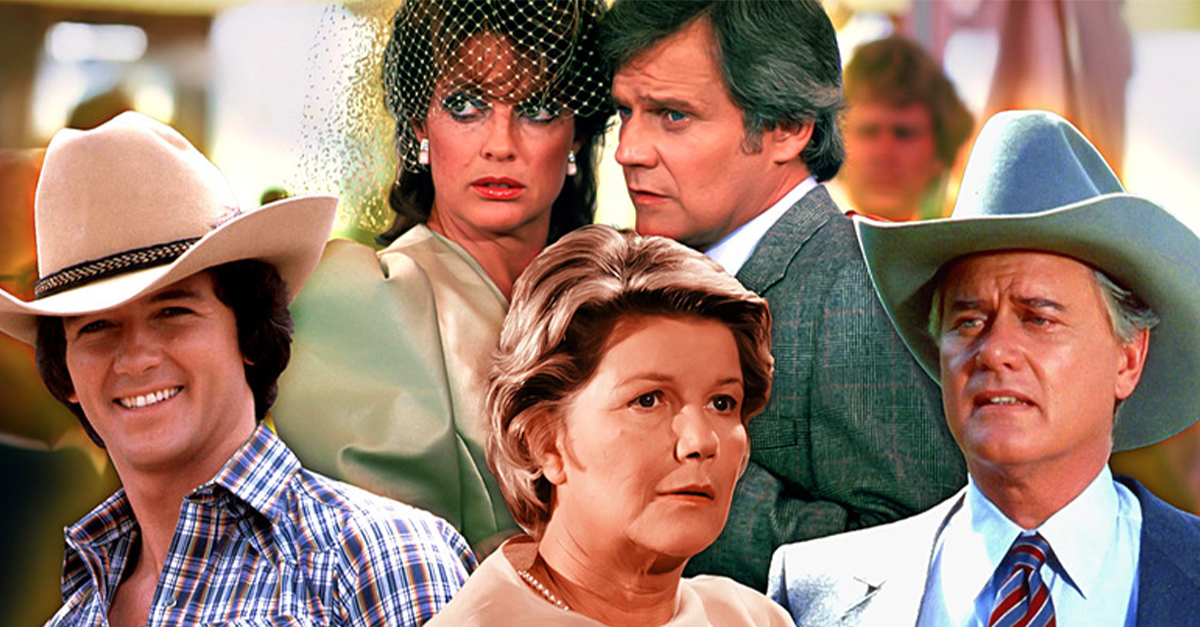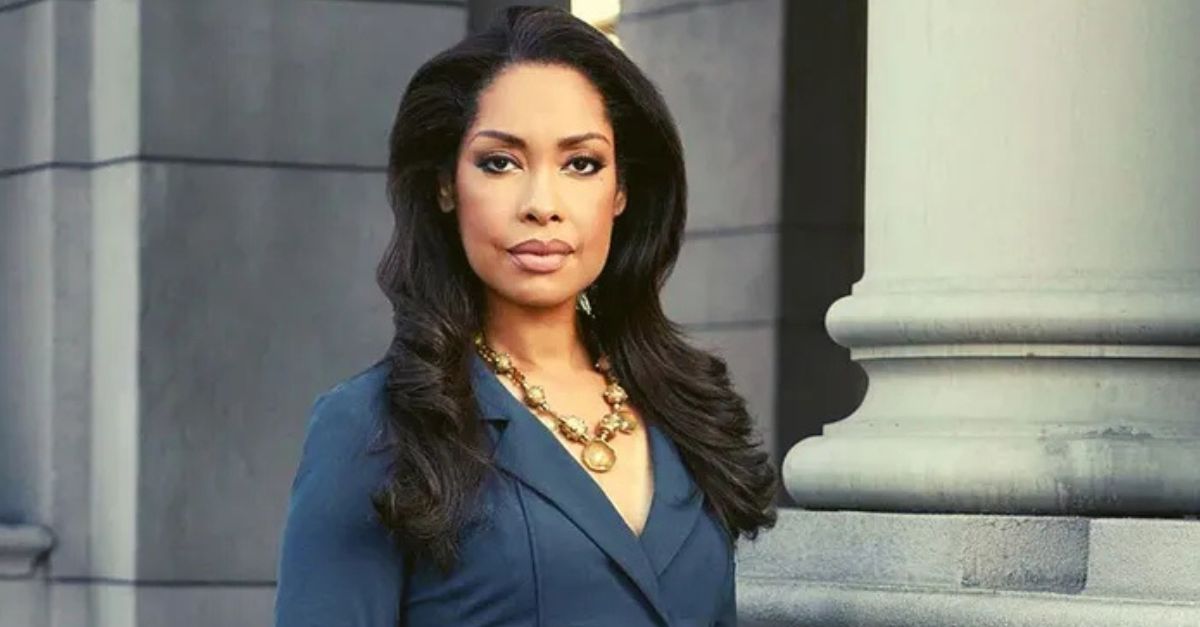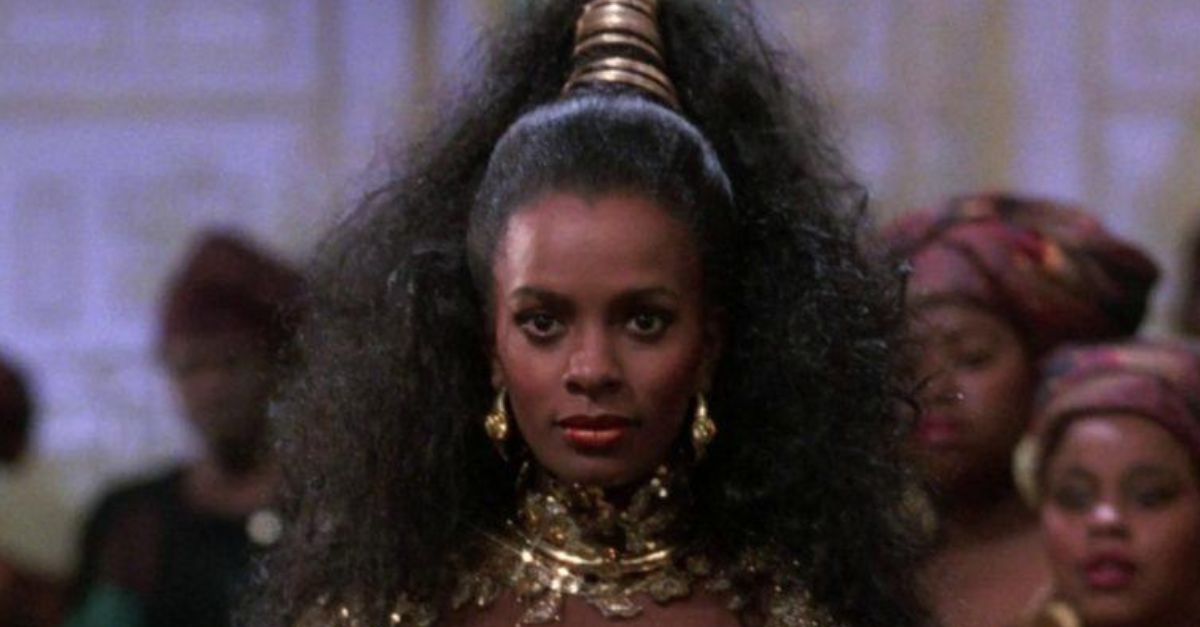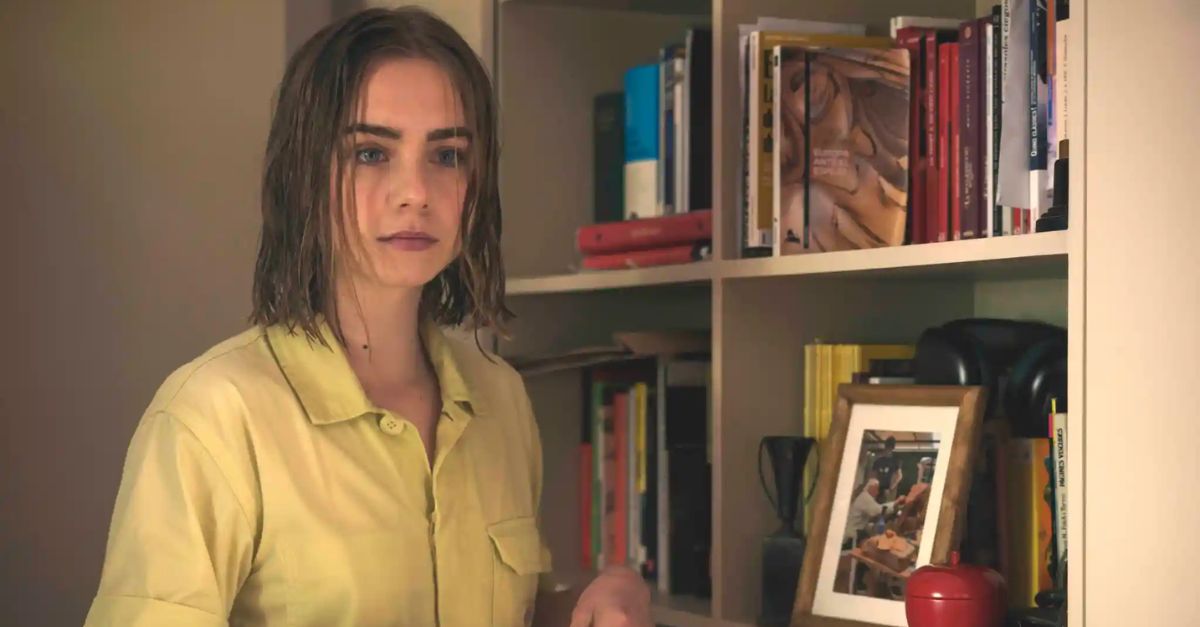Behind-The-Scenes Fun
The historical, 3-Oscar-winner classic was released in 1962 and is still one of the biggest Western movies ever. The behind-the-scenes facts from the sets of HTWWW are fascinating, to say the least.
Spoiler: Did you know it needed not one but four different cinematographers?!

Western History Told Through A Family's Journey
This '60s movie tells the adventurous story of Zebulon Prescott and his family as they journey westward in the 19th century. The tale passes through three generations and roughly fifty years (1839–1889). And despite the fictional characters, all historical events covered in the movie are accurate.
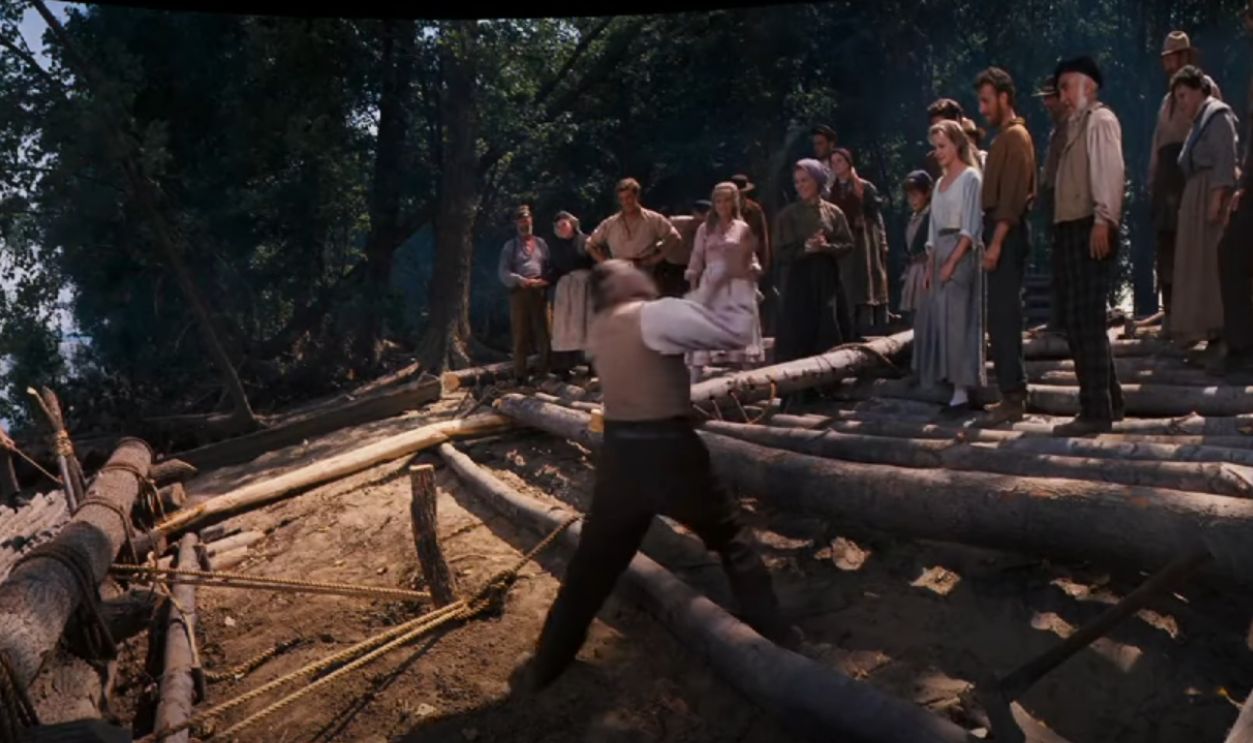 HOW THE WEST WAS WON (1962) HD RESTORED TRAILER IN CINERAMA SMILEBOX FORMAT by Puppetoon
HOW THE WEST WAS WON (1962) HD RESTORED TRAILER IN CINERAMA SMILEBOX FORMAT by Puppetoon
The West's Story Was Showcased In 5 Parts
How the West Was Won is told according to the five chapters of American history. They even filmed in several states to ensure authenticity. Filming shows the 1830s westward migration, the California Gold Rush, the Civil War, the transcontinental railroad building, and finally, the Wild West's taming.
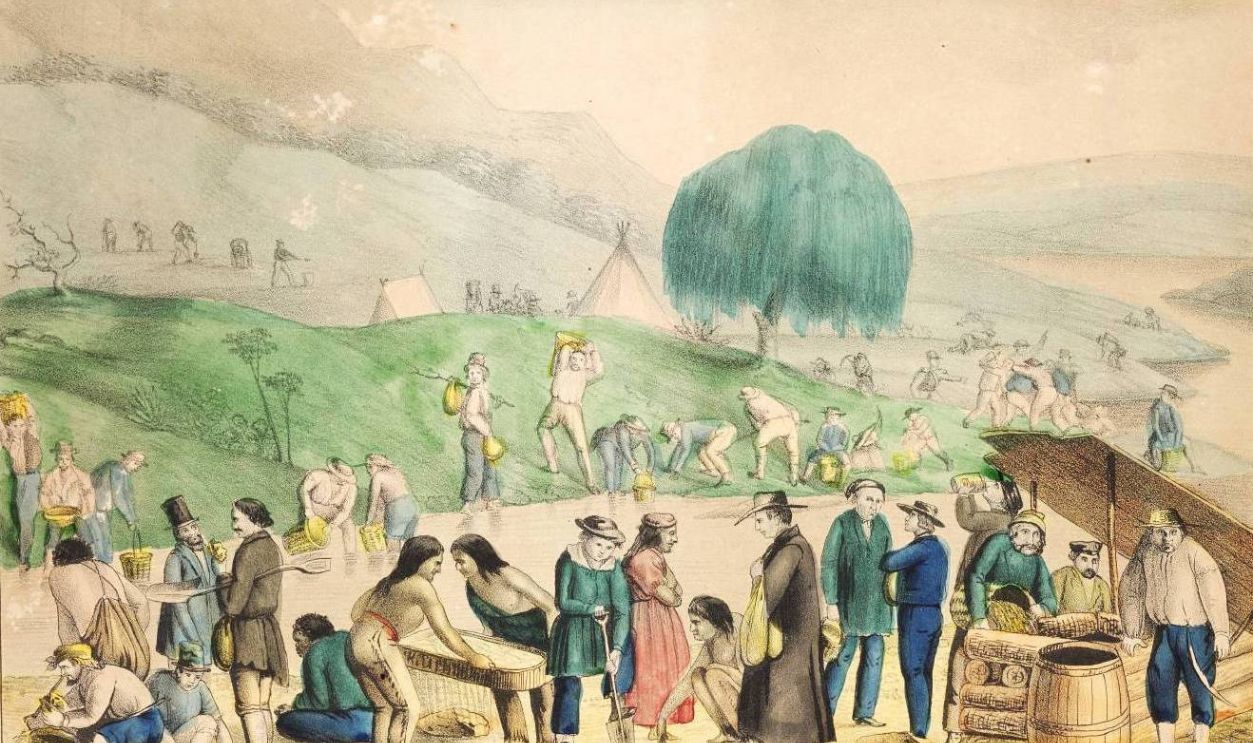 Kellogg & Comstock, Public domain, Wikimedia Commons
Kellogg & Comstock, Public domain, Wikimedia Commons
It Was One-Of-A-Kind
October 1st, 2024, marked 62 years since writers John Gay and James R. Webb gave us this gift—2 hours and 42 minutes of quality screenplay. It was filmed in Cinerama to deliver stunning visuals. This unique widescreen format made the action more epic and realistic.
 HOW THE WEST WAS WON (1962) HD RESTORED TRAILER IN CINERAMA SMILEBOX FORMAT by Puppetoon
HOW THE WEST WAS WON (1962) HD RESTORED TRAILER IN CINERAMA SMILEBOX FORMAT by Puppetoon
It Was Also The First Of Its Kind
The movie made history as the first non-documentary to use cinema + panorama. It became a technical marvel as viewers watched on a super wide screen. Four famous directors worked on it, and they delivered cinematography that captured America in a way that still inspires modern filmmakers.
 HOW THE WEST WAS WON (1962) HD RESTORED TRAILER IN CINERAMA SMILEBOX FORMAT by Puppetoon
HOW THE WEST WAS WON (1962) HD RESTORED TRAILER IN CINERAMA SMILEBOX FORMAT by Puppetoon
It Had A Star-Studded Cast With Four Directors
Reynold Brown's original film poster rightly read, "24 GREAT STARS IN THE MIGHTIEST ADVENTURE EVER FILMED." It also had four award-winning directors: John Ford, George Marshall, Richard Thorpe, and 3-time Oscar winner Henry Hathaway. Together, they told a rich story about the American frontier.
 Unknown Photographer, Public domain, Wikimedia Commons
Unknown Photographer, Public domain, Wikimedia Commons
It Was Not Your Regular Historial Movie
Producer Bernard Smith said filming outdoors was the best way to capture America's westward expansion. He loved extreme wide shots and capturing his actors against the vast deserts, mountains, and rivers. However, regular cameras couldn't film the open landscapes the way he wanted, so they needed something special.
 HOW THE WEST WAS WON (1962) HD RESTORED TRAILER IN CINERAMA SMILEBOX FORMAT by Puppetoon
HOW THE WEST WAS WON (1962) HD RESTORED TRAILER IN CINERAMA SMILEBOX FORMAT by Puppetoon
They Needed A New Technological Process
After MGM bargained with Cinerama to make four movies using the new technology, the producers had what they needed. Armed with a $15 million budget ($158 million today), the filmmakers used multiple cameras to create a widescreen image that made the action more exciting.
 HOW THE WEST WAS WON (1962) HD RESTORED TRAILER IN CINERAMA SMILEBOX FORMAT by Puppetoon
HOW THE WEST WAS WON (1962) HD RESTORED TRAILER IN CINERAMA SMILEBOX FORMAT by Puppetoon
This Is Cinerama
Fred Waller invented Cinerama in 1952 as a special widescreen format combining "cinema" and "panorama." The size, scale, and scope of images projected on the screen were unseen. It created a more realistic experience and allowed directors to shoot the most expansive canvas possible.
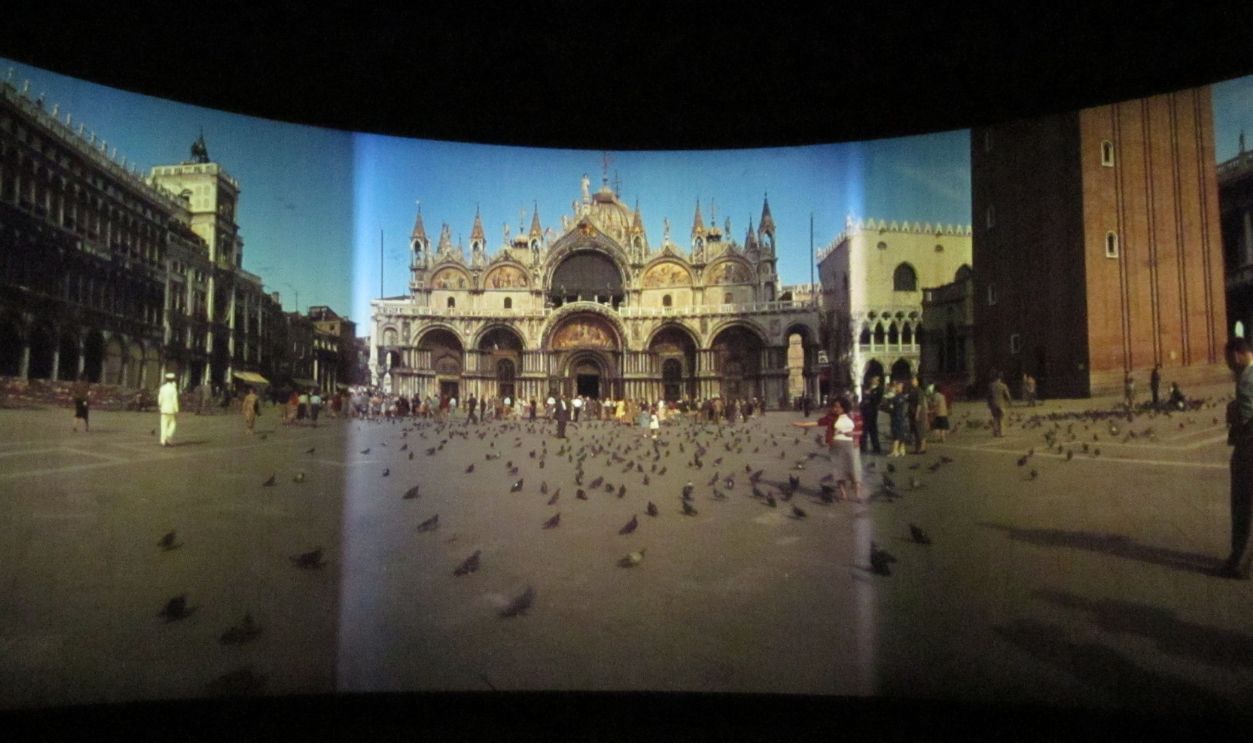 Chemical Engineer, Public domain, Wikimedia Commons
Chemical Engineer, Public domain, Wikimedia Commons
It Was Meant To Combat TV's Popularity
In the '60s, almost every American home had a TV, and manufacturers sold millions of units annually. That's when Cinerama was created—to keep people visiting cinemas. As expected, people flocked to watch the big images displayed on a curved screen with three projectors. But it had challenges.
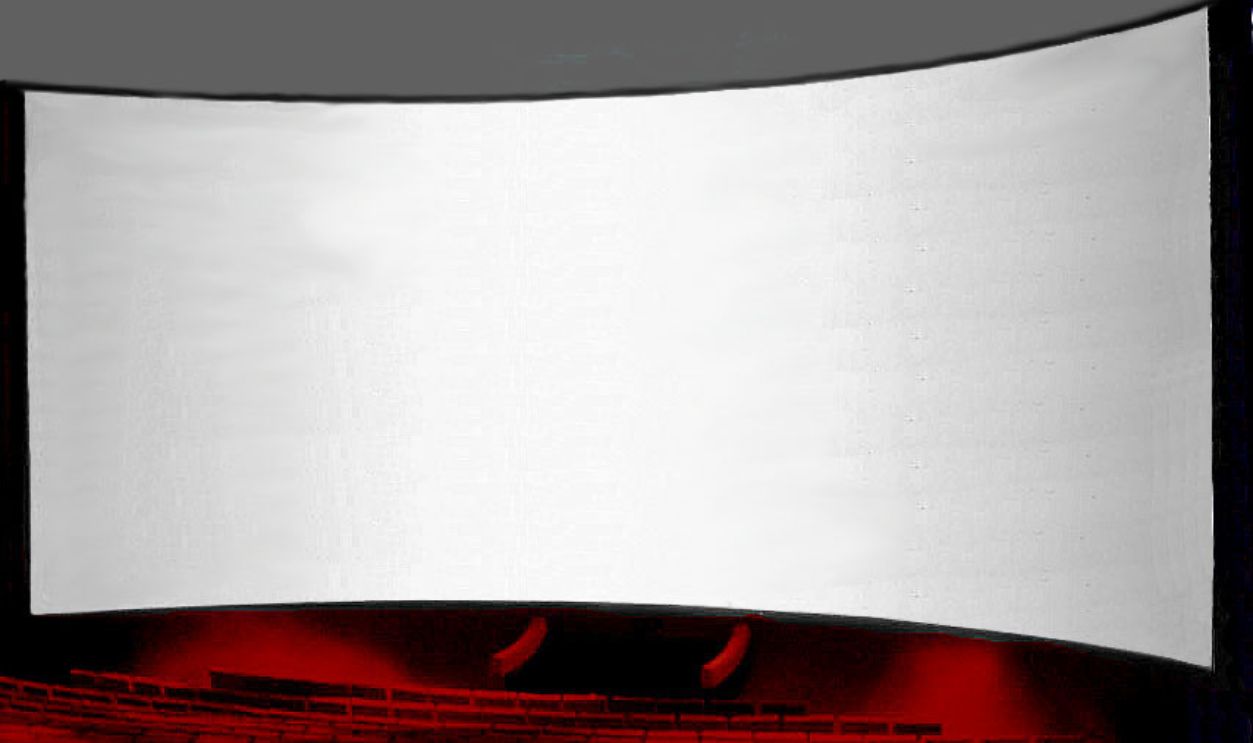 I photographed and photoshopped it myself, CC BY-SA 4.0, Wikimedia Commons
I photographed and photoshopped it myself, CC BY-SA 4.0, Wikimedia Commons
It Had Lens Issues
The original Cinerama format used three cameras to create extraordinary films, sharing one shutter for stunning visuals. But it was expensive. When it changed to a single camera with 70mm prints, the pictures became less sharp because the newer version lacked special lenses for depth. There was no winning.
 HOW THE WEST WAS WON (1962) HD RESTORED TRAILER IN CINERAMA SMILEBOX FORMAT by Puppetoon
HOW THE WEST WAS WON (1962) HD RESTORED TRAILER IN CINERAMA SMILEBOX FORMAT by Puppetoon
Cinemara Gave Actors A Tough Time
Cinerama had a unique way of showing movies, but it caused problems for the actors. They often had to stand far apart from the scene's emotional context. When projected together, their performances fell apart without Cinerama. Transferring films to TV was also a major problem.
 HOW THE WEST WAS WON (1962) HD RESTORED TRAILER IN CINERAMA SMILEBOX FORMAT by Puppetoon
HOW THE WEST WAS WON (1962) HD RESTORED TRAILER IN CINERAMA SMILEBOX FORMAT by Puppetoon
It Required About 12,000 Extras
One way the directors created a lively backdrop was by using thousands of actors to fill the scenes. While the Cinerama format made close-ups impossible, over 12,000 extras made the movie realistic. This number also led to high production costs.
It Required Four Cinematographers
To capture the stunning scenery as the Prescott family journeyed through the West, directors had to shoot across multiple states. One cinematographer wouldn't cut it. The filmmakers had to hire four since they also needed expert lighting and lenses to capture the landscapes.
 HOW THE WEST WAS WON (1962) HD RESTORED TRAILER IN CINERAMA SMILEBOX FORMAT by Puppetoon
HOW THE WEST WAS WON (1962) HD RESTORED TRAILER IN CINERAMA SMILEBOX FORMAT by Puppetoon
These Cinematographers Were Oscar Winners
The four talented cinematographers hired were William H. Daniels, Milton R. Krasner, Charles Lang, and Joseph LaShelle. They were mostly considered because they had all won Academy Awards before. Their skills helped tell the epic story of the West, and undoubtedly, they were nominated again for this film.
They Helped Shorten The Filming Time
The four cinematographers handled different scenes across various locations to speed up filming. That way, they saved time and covered ground faster. Despite the number of directors and cinematographers, filming took six months, from May to November 1961. Imagine how much longer it could've taken without them!
 Paramount Pictures, Public domain, Wikimedia Commons
Paramount Pictures, Public domain, Wikimedia Commons
They Were Experienced Enough To Handle The Tricky Cinerama Tech
In addition to handling filming logistics across the West, Daniels, Krasner, Lang, and LaShelle had to hold the tricky Cinerama technology. They had to master capturing expansive views while overcoming other directors' challenges. Their expertise created the stunning visuals that made the film a success.
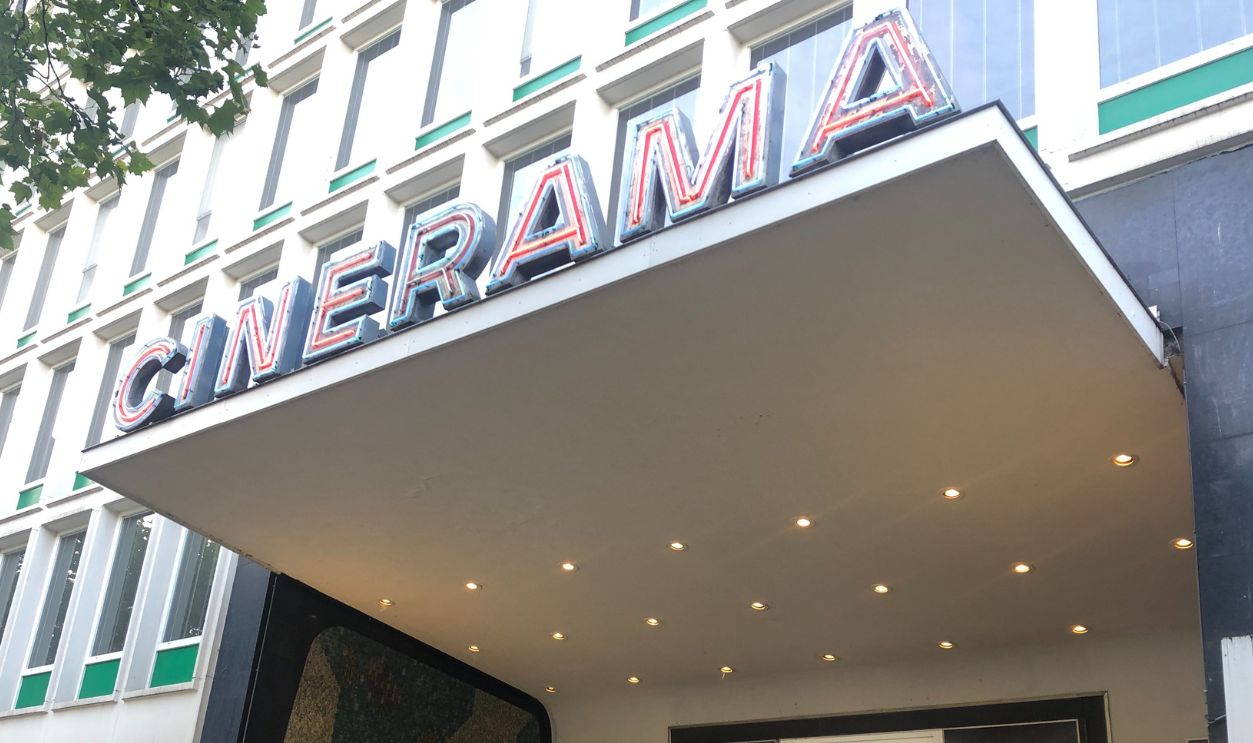 Hanno Lans, CC BY 4.0, Wikimedia Commons
Hanno Lans, CC BY 4.0, Wikimedia Commons
These Cinematographers Still Made The Film A Success
This western classic bagged eight Oscar nominations thanks to the cinematographers and won three, including Best Screenplay and Best Editing. It grossed over $50 million and was later preserved by the Library of Congress as a cultural relic. Despite Cinerama's success, it lasted only a short time beyond the '60s.
 HOW THE WEST WAS WON (1962) HD RESTORED TRAILER IN CINERAMA SMILEBOX FORMAT by Puppetoon
HOW THE WEST WAS WON (1962) HD RESTORED TRAILER IN CINERAMA SMILEBOX FORMAT by Puppetoon
Technological Issues Started To Pop Up
The 146-degree panorama required careful planning for each scene. Using three synchronized cameras made close-ups hard because they wouldn't align properly, and images got distorted. Emotional moments like crying got harder to capture, and making sure everyone was in the right place took a lot of extra time!
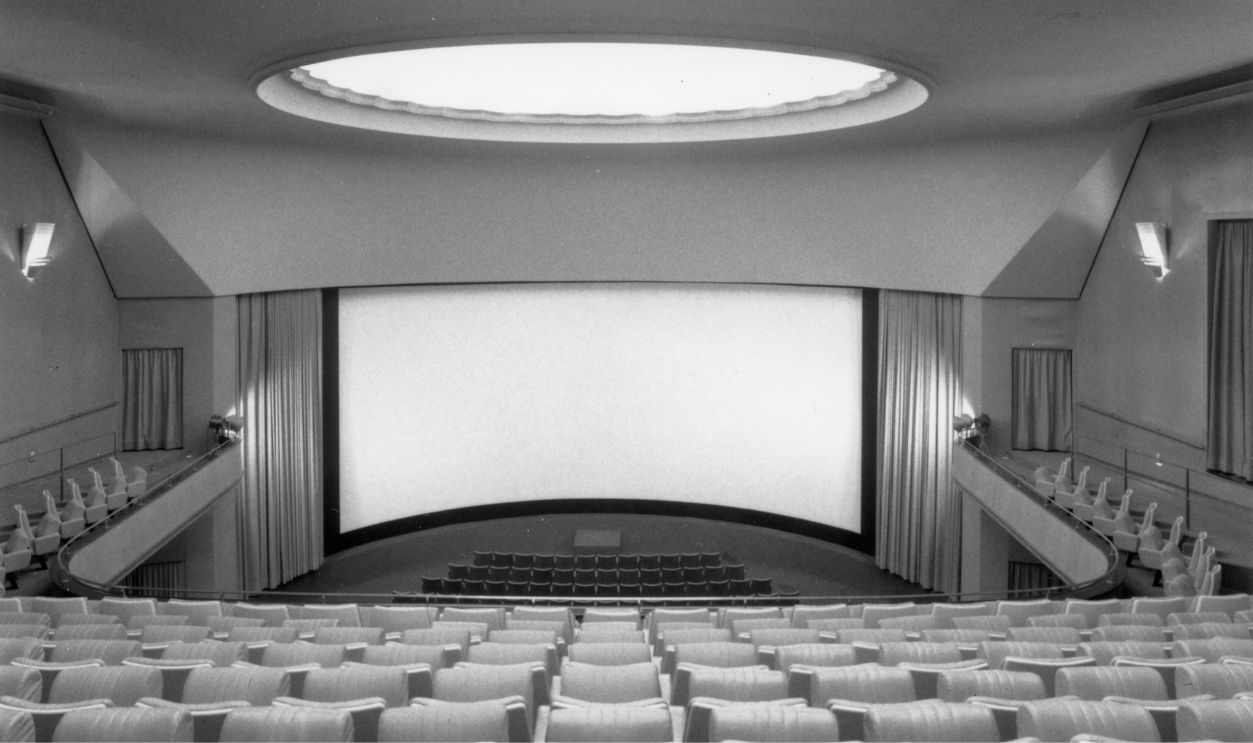 Zürich Stadtquartier, CC BY-SA 4.0, Wikimedia Commons
Zürich Stadtquartier, CC BY-SA 4.0, Wikimedia Commons
Cinemara Could Make A 21st Century Comeback
With today's advanced tech, Cinerama could attract people back to movie theaters. When done right, it could be an exciting alternative to streaming. Also, when modern CGI fixes issues like split screens and 12,000 extras, viewers might have a reason to leave their couches.
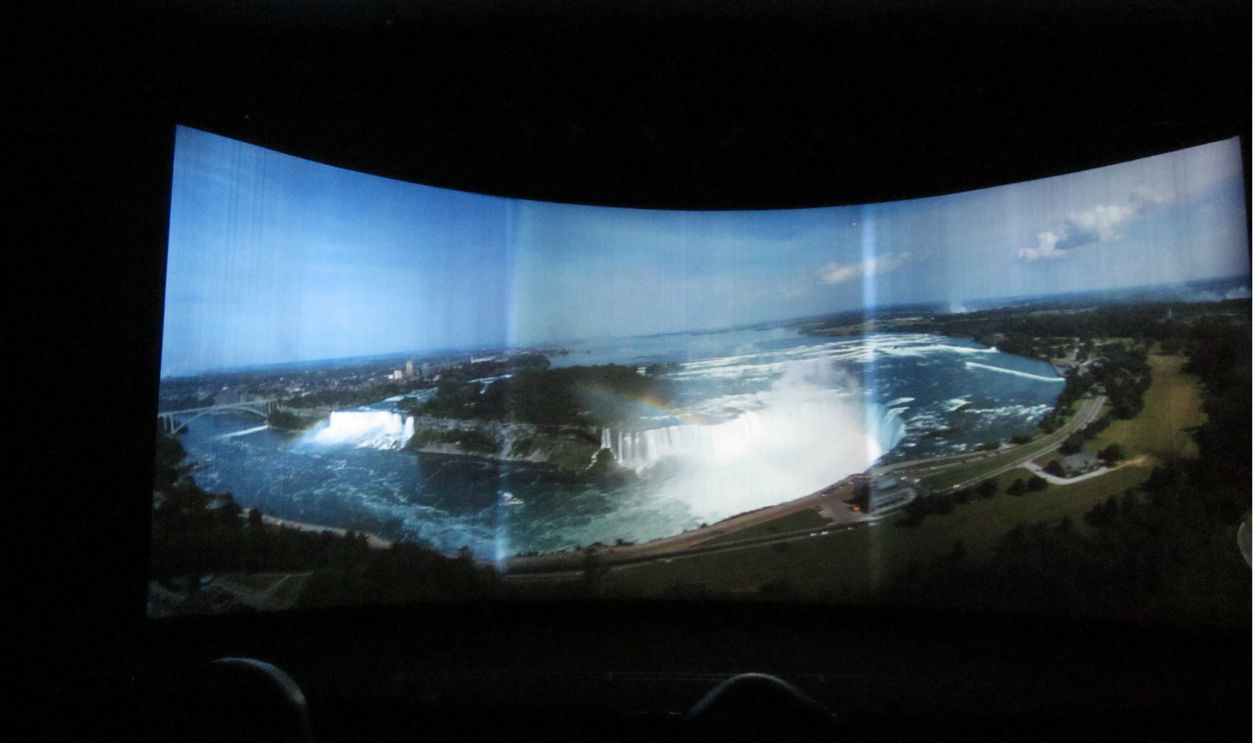 Chemical Engineer, CC BY-SA 4.0, Wikimedia Commons
Chemical Engineer, CC BY-SA 4.0, Wikimedia Commons

